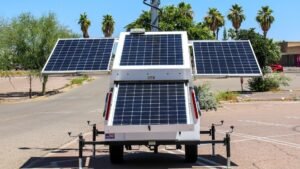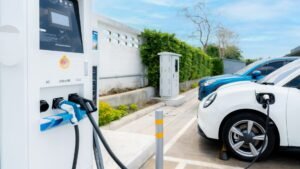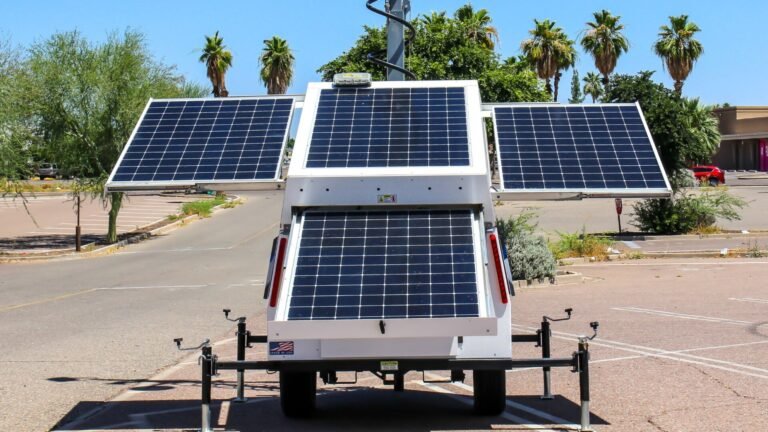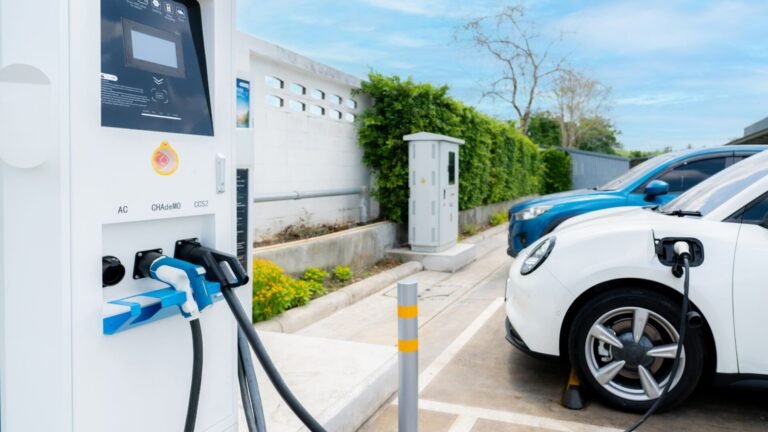Solar energy is rapidly becoming a cornerstone of Europe’s renewable energy strategy. As countries strive to meet ambitious climate goals, the adoption of solar power is surging.
This clean, renewable energy source offers numerous benefits, but it also raises important questions about its broader environmental impact. But what does this mean for the continent’s rich and diverse wildlife and habitats?
How does the expansion of solar infrastructure intersect with the natural world? This blog delves into the profound impacts, both positive and negative, that solar energy is having on European wildlife and habitats.
The Rise of Solar Energy in Europe
Europe has been a global leader in the transition to renewable energy. Solar energy, in particular, has seen significant growth.
Countries like Germany, Spain, and Italy have invested heavily in solar power infrastructure, resulting in vast fields of photovoltaic panels.
This growth is crucial for reducing greenhouse gas emissions and combating climate change, helping to secure a sustainable future.
However, it also brings with it a range of ecological consequences. As solar farms expand across the continent, understanding and mitigating their impact on local wildlife and habitats becomes increasingly important to balance environmental goals with biodiversity conservation.
Positive Impacts of Solar Energy on European Wildlife and Habitats
- Reduced Carbon Footprint
The most significant benefit of solar energy for European wildlife and habitats is the reduction in carbon emissions. By replacing fossil fuels with solar power, Europe can mitigate climate change, which poses a severe threat to biodiversity.
Climate change leads to habitat loss, changes in food availability, and more extreme weather events, all of which adversely affect wildlife. Therefore, the shift to solar energy can help preserve the continent’s ecosystems.
- Habitat Creation
In some cases, solar farms can create new habitats. The land around and underneath solar panels can be managed to encourage biodiversity.
For example, planting native vegetation can provide food and shelter for various species. Additionally, solar farms can act as refuges for pollinators, such as bees and butterflies, which are essential for ecosystem health.
- Decreased Pollution
Solar energy production is relatively clean compared to fossil fuels. Traditional energy sources, such as coal and natural gas, release pollutants that harm wildlife and habitats.
Solar energy significantly reduces the release of harmful substances into the air and water, thus promoting a healthier environment for all living beings.
Negative Impacts of Solar Energy on European Wildlife and Habitats
Despite the many benefits, there are also some negative impacts of solar energy on European wildlife and habitats. These issues need to be carefully managed to ensure that the transition to renewable energy is as ecologically sustainable as possible.
- Habitat Disruption
The construction of large solar farms can disrupt existing habitats. Clearing land for solar panels often involves the removal of vegetation, which can lead to habitat loss for many species.
For instance, grasslands, which are home to numerous insects, birds, and small mammals, can be particularly affected. It is crucial to choose sites that minimize habitat disruption, such as degraded lands or rooftops.
- Barrier Effects
Solar farms can act as barriers to wildlife movement. Large arrays of panels can block the natural migration routes of animals, particularly for species that require large territories or need to move seasonally.
This barrier effect can lead to population fragmentation, reducing genetic diversity and making species more vulnerable to extinction.
- Heat Island Effect
Solar panels can create localized areas of higher temperatures, known as the heat island effect. This can alter the local microclimate and affect the species that live there. For example, certain plants and animals that are adapted to cooler conditions might struggle to survive in these artificially heated areas.
- Water Use
Some solar energy technologies, particularly concentrated solar power (CSP), require significant amounts of water for cooling. In areas where water is already scarce, this can put additional pressure on local water resources, affecting both wildlife and human communities.
Case Studies
Germany’s Biodiversity Solar Farms
Germany is a leader in integrating biodiversity into solar energy projects. Many solar farms in Germany include wildflower meadows and other habitat enhancements.
These projects have shown that solar farms can support a range of species, including bees, butterflies, and birds, demonstrating a model for balancing renewable energy with ecological health.
Additionally, these biodiversity-friendly practices have the potential to improve soil health and promote ecosystem resilience.
This innovative approach highlights how renewable energy infrastructure can be designed to benefit both the climate and local wildlife, setting a standard for future projects across Europe.
Spain’s Solar Parks
Spain has vast solar parks, and some have been designed with environmental considerations in mind. For instance, the La Olmeda Solar Park incorporates wildlife corridors and has reduced water usage by using dry cooling methods.
These measures help protect local wildlife while providing clean energy. Moreover, the park has implemented monitoring programs to track the health and movements of wildlife within and around the solar farm, ensuring that the ecosystem remains balanced.
This proactive approach not only mitigates negative impacts but also provides valuable data that can inform the development of more sustainable solar projects in the future.
Italy’s Dual-Use Solar Farms
Italy has explored dual-use solar farms, where agricultural activities continue alongside energy production.
This approach allows for the preservation of agricultural landscapes and provides additional habitats for wildlife. Grazing sheep among solar panels, for example, can maintain vegetation and support biodiversity.
This method not only benefits the environment but also supports local farmers by providing them with a new revenue stream from renewable energy.
By integrating solar energy production with traditional farming practices, Italy demonstrates a harmonious model that maximizes land use efficiency while promoting sustainable development and wildlife conservation.
Conclusion
Solar energy is essential for Europe’s sustainable future, but its development must consider the impacts on wildlife and habitats.
By implementing strategic siting, habitat management, wildlife corridors, and ongoing research, the negative effects can be minimized. The positive impacts, particularly the reduction in carbon emissions and pollution, highlight the potential for solar energy to benefit European wildlife and habitats.
As Europe continues to lead in renewable energy adoption, balancing the needs of energy production with ecological preservation is crucial.
With thoughtful planning and innovative solutions, solar energy can be a powerful ally in the fight against climate change while safeguarding the continent’s rich biodiversity.
Understanding what solar energy is doing to European wildlife and habitats helps us navigate this transition more effectively, ensuring a greener and more biodiverse future.
By focusing on the relationship between solar energy and European wildlife, we can promote a holistic approach to renewable energy development that benefits both people and nature.






